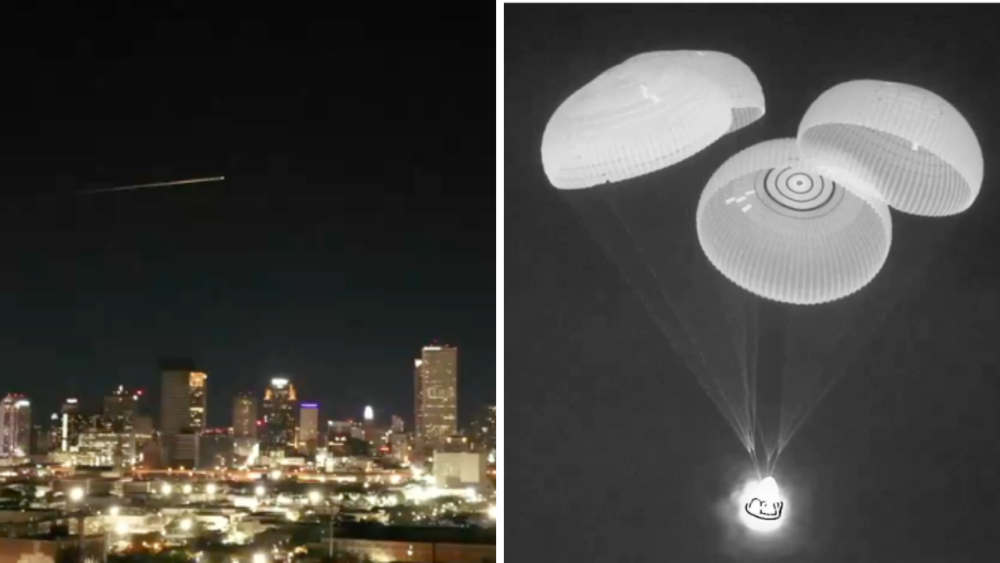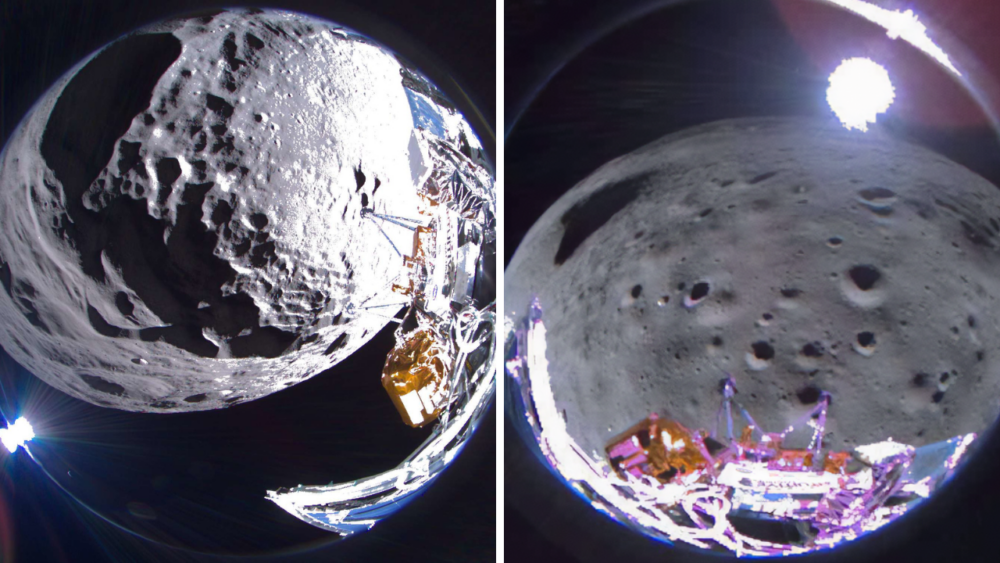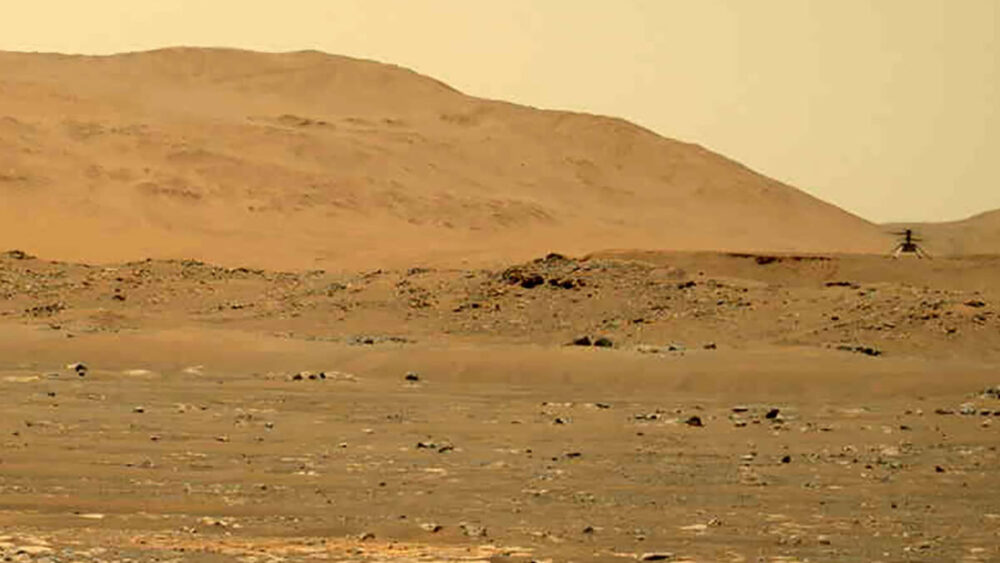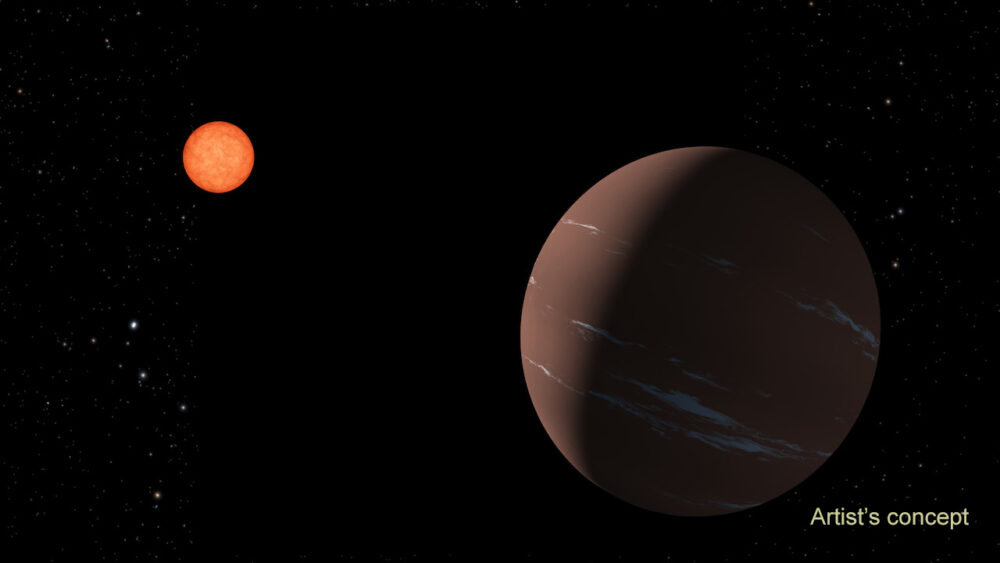Did this astronaut really come back from space with altered DNA?
Wouldn’t it be awesome if we could change our DNA whenever we felt like it? Goodbye heart disease and cancer! Hello fast metabolism and thick hair! But though we do have self-driving cars and robots, DNA-shifting remains beyond our capabilities.
NASA astronaut Scott Kelly first came into public consciousness when he was reported as growing 2 inches while in space, making him taller than his identical brother. Scott and his brother Mark had taken part in NASA’s Twins Study, with Scott spending a year at the International Space Station while his brother stayed on Earth. NASA then studied the two to see if living in space had made any changes to Scott.
While Scott did lose the 2 inches he’d gained in a matter of days, rumor now has it that the DNA of the former astronaut actually changed during his year in outer space. Supposedly, 7 percent of his genes did not return back to their original state when he arrived back to planet Earth. Did outer space permanently change his DNA? And if so, what on earth is going on?
In short, the answer is no. Scott’s DNA was not changed. What did change, however, is his gene expression.
This mistake is due to a false interpretation of NASA’s Twins Study. DNA is our body’s genetic code. The pattern of the cells has to be rearranged for it to be considered a mutation. Gene expression, on the other hand, refers to how busy a piece of DNA is. DNA creates mRNA, which cells use to produce protein to carry out bodily functions. Gene expression refers to how much mRNA a gene puts out. So the DNA is the same when gene expression shifts; it’s just acting different.
Changes in gene expression happen frequently, even here on Earth. If you move to the mountains of Colorado—with its higher altitude and less oxygen—your genes will start expressing differently.
As for the Twins Study, NASA plans on releasing more information this summer.
[h/t: The Verge]






